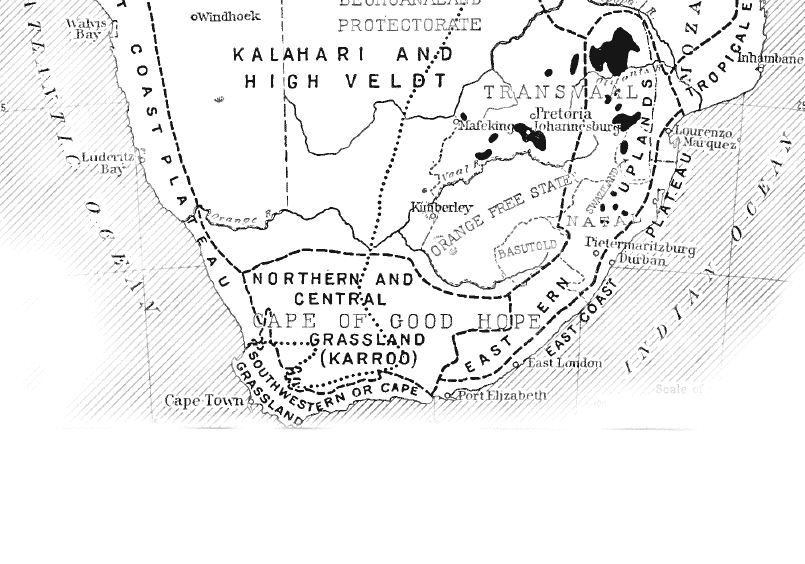<![CDATA[It is a widely accepted theory that humans originated in Africa about 200,000 years ago, but it has long been debated how modern humans migrated from there. Recent finds in Saudi Arabia may serve to clear up the confusion in the scientific community. Archaeologists have discovered stone artefacts that bare striking similarities both physically and chronologically to ones found in Africa. This new find will hopefully shed some light on how and when modern humans migrated out of the African continent. A broad consensus is that the exodus of modern humans from Africa began between 40,000 and 70,000 years ago. In recent research though, scientists reported that migration started as early as 130,000 years ago. The same study suggests that humans left and spread across the world in multiple packs. This explanation was supported by another study published in late 2011 that found stone artefacts in the Arabian Desert, dated to around 100,000 years ago. Before the 2011 study, it was widely thought that humans migrated through the shores of Arabia, but the study revealed that they travelled through the middle of the desert, suggesting the climate and terrain were not as harsh then. Scientists believe that the Arabian Peninsula was actually filled with grasslands and savannahs, which were nourished by multiple flowing rivers. There is a chance however, that these stone tools were not made by modern humans, but by the Neanderthals who lived and travelled throughout Europe and Asia. Researchers argue that the stone artefacts found in the Arabian landscape are extremely similar to the ones found beside modern human skeletal remains on the African continent. This leads some scientists to believe that the tools found in the Arabian Peninsula were made by modern humans rather than Neanderthals, and that there was some interaction between the humans of Arabia and the humans of Africa. On the other hand, the researchers found tools at a third Arabian site which were completely different to those found at the other two. To explain this, the researchers postulate that there were different tool making techniques used in northern Saudi Arabia. It could also be that as humans moved further north from Africa, their techniques changed, meaning the tools in northern Arabia come from a more refined process. The researchers working on the recent expeditions in the Arabian Peninsula hope to find more stone artefacts, to provide further evidence that they were made by modern humans. This will only be possible if they find stone tools near modern human remains. In the study, published in the August 8th issue of the Journal of Human Evolution, scientists compared stone artefacts excavated from three sites in the Jubbah lake basin, situated in northern Saudi Arabia, with ones found in northeast Africa in the 1960s. The researchers also hope to find evidence explaining how humans migrated into the Arabian Peninsula from Africa and Eurasia, and how they interacted with each other. The interaction of different human populations could have been a key step in our development. ]]>
New Clues on How Humans Migrated Out of Africa
